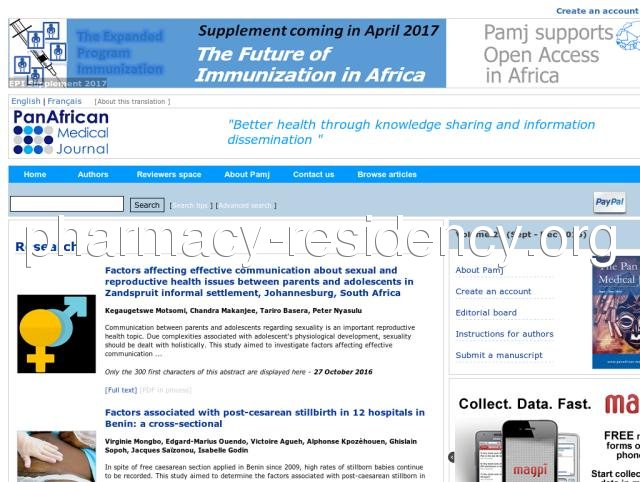L’association sulfaméthoxazole-triméthoprime, connue sous le nom de Bactrim, agit par inhibition séquentielle de deux étapes clés de la synthèse de l’acide folique bactérien. Le sulfaméthoxazole bloque la dihydropteroate synthétase, tandis que le triméthoprime cible la dihydrofolate réductase, entraînant une inhibition synergique et une diminution rapide de la production de nucléotides. Ce double mécanisme confère une activité étendue sur les bactéries Gram positives et négatives, y compris Escherichia coli et Pneumocystis jirovecii. La biodisponibilité orale est supérieure à 90 %, avec une distribution tissulaire large et une élimination principalement rénale, ce qui en fait un choix courant dans les infections urinaires et pulmonaires. Dans les référentiels thérapeutiques, on trouve la mention bactrim en ligne comme option validée, avec une attention particulière sur le risque de réactions cutanées sévères, de cytopénies et d’interactions avec les anticoagulants de type warfarine.
www.panafrican-med-journal.com Review:
The Pan African Medical Journal(PAMJ) - Better health through knowledge sharing and information dissemination - The mission of the PAMJ is to create, stimulate and perpetuate a culture of information sharing and publishing amongst researchers and other health actors of the African health scene in ways that will contribute to improve availability of health information, a better understanding of Africa specificities,and overall, to improve health outcomes in the continent
Country: 208.113.207.38, North America, US
City: -117.8612 California, United States
best yet out on the market! You can't find a better protection anywhere! Price may be steep but its worth every dime you pay for it!
I should preface this review with a few things: 1) I've been suffering from systemic Candida for over 2 years. 2) I ordered this product a few months ago with a heavy dose of skepticism. When the product arrived, I started taking it per the dosage instructions listed on the bottle- 8 drops 3x/day. Well, it made me feel like crap, so I stopped taking it after just a few days. At that point, I knew I probably had toxins accumulated in my tissues/liver from the chronic infection, yet I had no idea how severe the problem really was.
This is my second shark navigator, and I opted this time for the deluxe version. Perfect choice. This thing is a powerhouse. It's lightweight, has great suction, is easy to clean. My last navigator had a terrible cord that was stiff and got tangled in itself all the time; this deluxe version has a much more pliable cord so it's definitely an improvement. Almost makes me love cleaning the house!
I ADORE this product. I do not know how it works, but it works. And I have tried products from AVON, Roc and Oil of Olay. I originally bought this for under my eyes because I was seeing age there; bagginess, tiredness, discoloration and some slight fine lines. This product firms this area right up, brightens it up and smooths it all out. I use it all over my face though and it has made my complexion look fabulous. I usually do not review facial products because I don't ever see good results. I had high hopes for this one. It really performs well. You can use it all over your face. It will brighten up your complexion and firm up your skin. I love it. I noticed a visible difference after 4 days...NOT kidding!
I wanted to use this product for a bit before posting a review, so that I could give an honest opinion backed by use. I’ve tried a couple of things to test it: I placed water in the tumbler with a small amount of ice. I checked it about an hour later and the water was still cold and there was still some ice in the tumbler. I assumed that it didn’t retain more ice was because I had just received the tumbler, where it had been sitting on my porch for a few hours on a very hot day. For a couple of days, I used the tumbler strictly for cold beverages and it did a great job of retaining ice and keeping beverages very cold for long periods of time. Today, I made a tumbler full of coffee and headed to work a little before 8 am. Not long after settling at my desk, I drank from the tumbler of coffee and it was far hotter than I prefer. I let it sit a little longer, and slowly was able to drink from the tumbler. I sipped from the tumbler all morning, and I left for lunch at 1:15 pm, and the coffee was still surprisingly warm. I took the tumbler home with me and left it on the counter. When I arrived home about 5:30 pm, I took a sip from the coffee, and honestly, I could have finished the rest, but since it sat out all day and had creamer in it, I thought better of it. I’m thoroughly impressed with this tumbler and now wish I had bought the 2 pack! The reason I bought the Rtic instead of the Yeti was the comparison video of the coolers that I saw on YouTube. The video caused me to assume that the same would be true of the steel tumblers, and having no firsthand experience with a Yeti tumbler, I can’t attest to that, however, I am completely happy with this Rtic tumbler.
